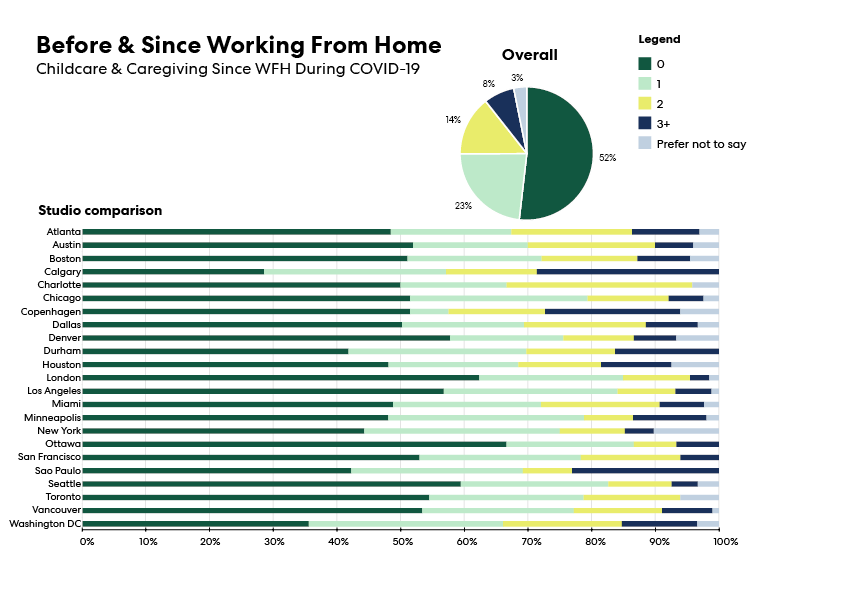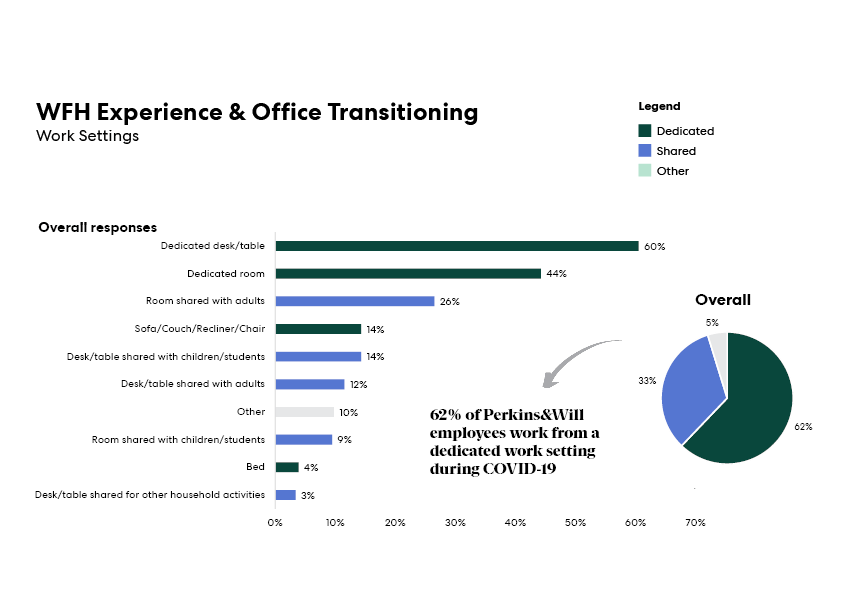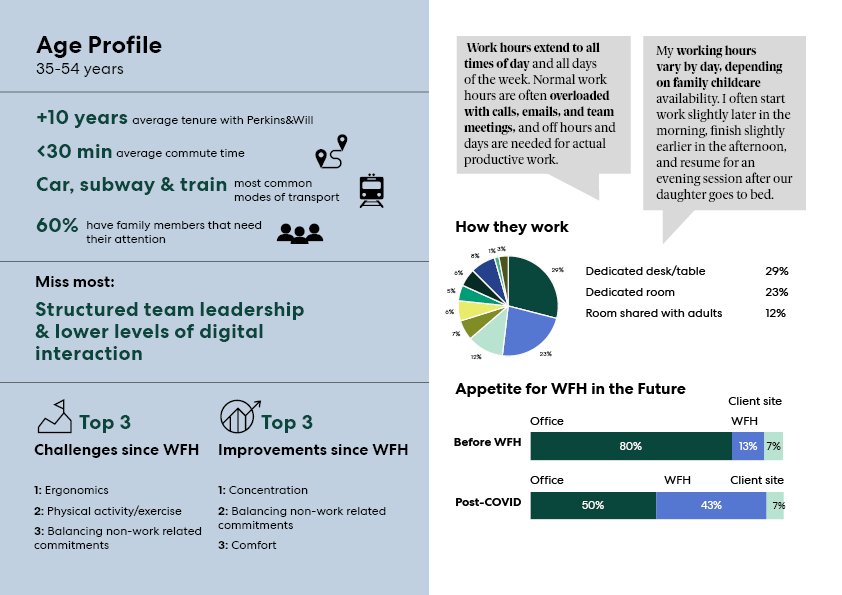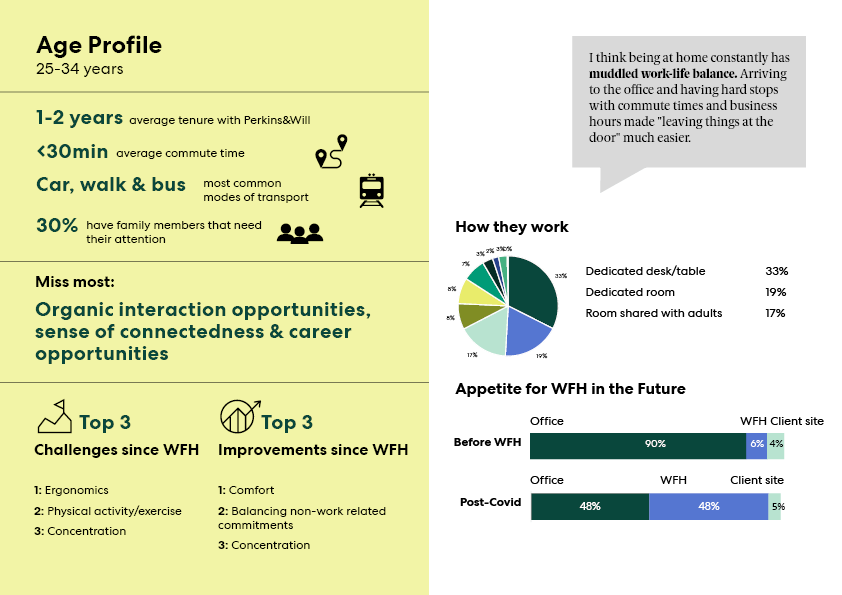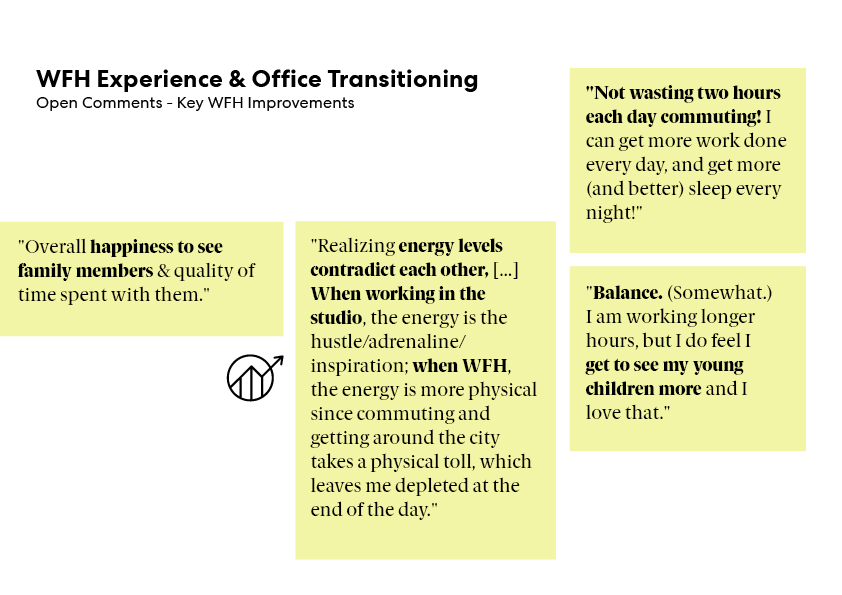Remember when you last traveled by plane? Your seatbelt buckled, your carry-on stuffed so you didn’t pay for bags, and of course, the mandatory in-flight safety demonstration before take-off: “Please put on your oxygen mask before assisting others.”
The principal of taking care of oneself first extends beyond air travel. However, while working from home during COVID, it can be hard to apply. Whether assisting a child with virtual school, supervising a toddler while daycare is closed, or caring for an older adult with a chronic condition, these conditions have created an additional time and energy drain on many employees. And as we head into winter months with shelter-in-place order looming, these challenges are as relevant now as they were last spring.
